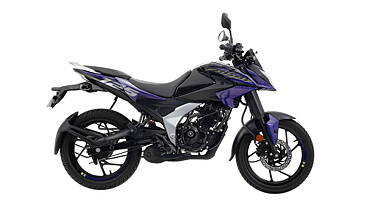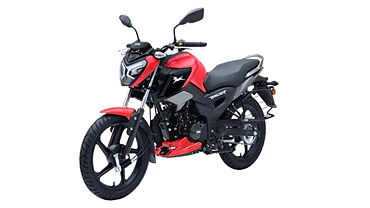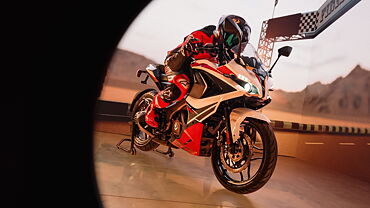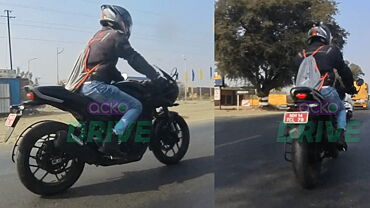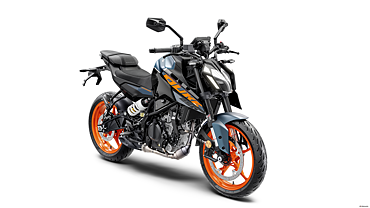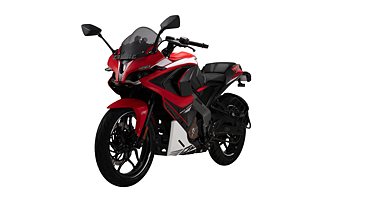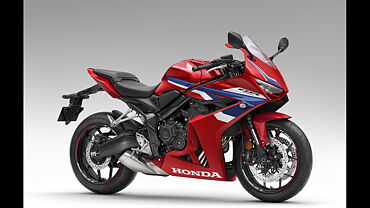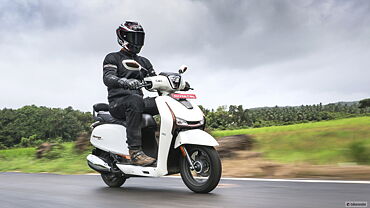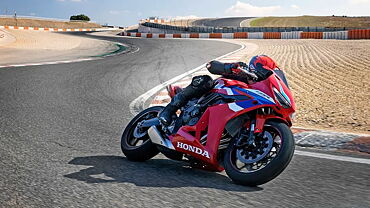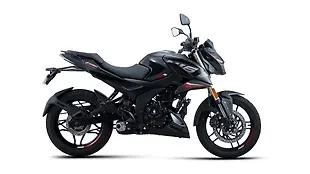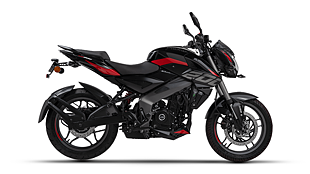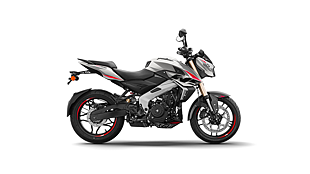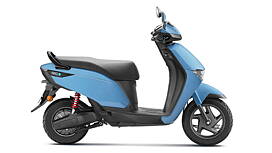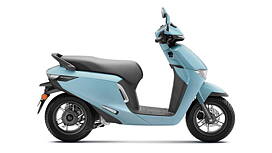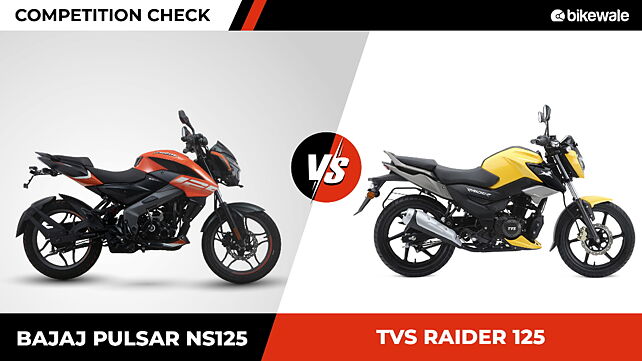
Bajaj Auto recently unveiled the updated Pulsar NS125 in the market. The bike gets a new LED headlight cluster and digital instrument console as part of the updates. The rest of the mechanicals are the same. With the updates, the Pulsar NS125 gets more teeth to fight competition, chiefly the TVS Raider 125. This is how the bikes stack up against each other.
Design
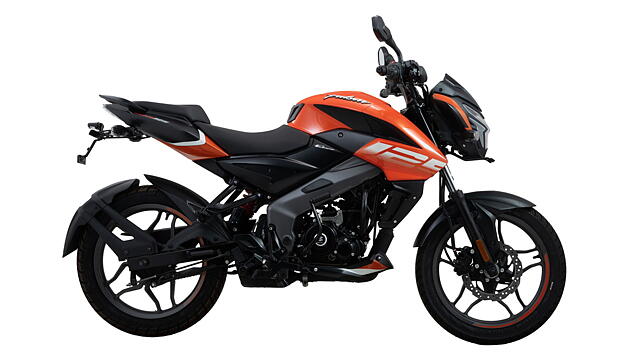
The Pulsar NS125 borrows its design cues from the NS160 and NS200. You’ve got the same, inverted triangle headlight, a chunky fuel tank and a slender tail section. The bold colourways do perk up the looks of the bike, but there’s no denying that the NS125’s design has been around for quite some time. It, however, looks quite sporty, even today.
The TVS Raider 125 has a relatively sober design but it still stands out as the nicer looking 125cc bike among a sea of conservatively styled examples in the market. The Raider has also been around for a few years but still manages to look youthful, aided by its bright colours. Bits like the LED headlight, the fuel tank with its extensions and the neatly integrated tail result in an appealing design.
Features
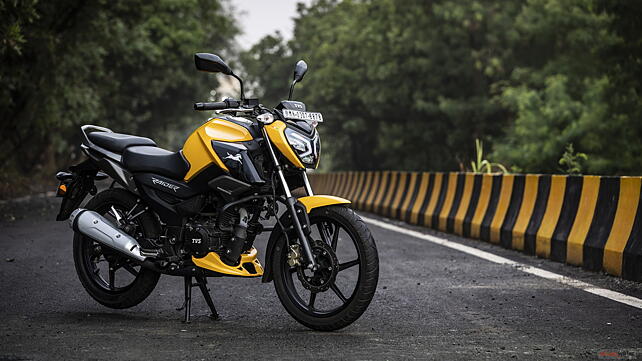
Both bikes are pretty evenly matched when it comes to features. They’ve got a LED headlight and tail light, and a digital display with Bluetooth connectivity. By pairing a phone to their proprietary apps, riders can view incoming calls, SMS notifications and a lot more. Where the Raider steals a point over the Pulsar is by offering a colour TFT display instead of the Bajaj’s simpler, reverse LCD display.
Engine
The Pulsar NS125 is powered by a 125cc, air-cooled, single-cylinder engine that develops 11.8bhp at 8,500rpm and 11Nm at 7,000rpm. The engine is paired with a five-speed gearbox.
On the other hand, the Raider gets a 124.8cc, air-cooled engine that makes 11.2bhp at 7,500rpm and 11.2Nm at 6,000rpm. The TVS’ engine needs to be revved a little less than the Pulsar’s engine to access all its performance.
Both engines are peppy, responsive and return decent fuel economy.
Hardware
The Bajaj employs a perimeter frame that’s suspended by a telescopic fork and monoshock. Braking duties are taken care of by a disc brake at the front and a drum brake at the rear.
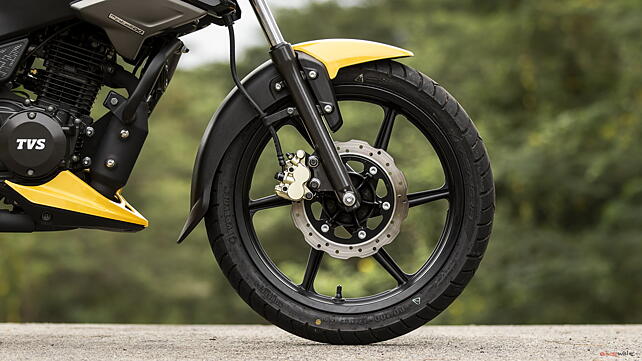
On the other hand, the Raider has a simpler, single cradle tubular frame. It has a telescopic fork and a gas charged monoshock. During our road test we found the Raider to offer a good balance between ride and handling.
Price
Bajaj has priced the updated Pulsar NS125 at Rs 1.04 lakh for the top variant with Bluetooth connectivity. The standard bike is priced at Rs 99,571.
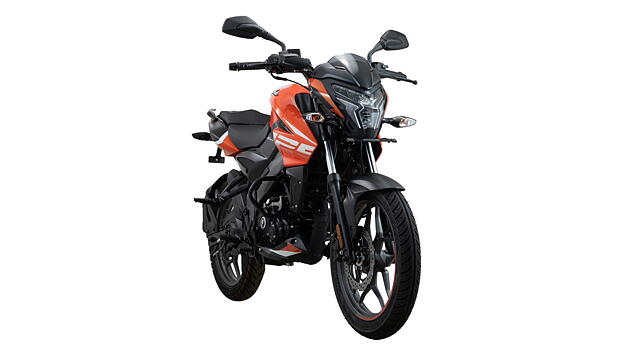
The top-spec TVS Raider with the Bluetooth connectivity system is priced at Rs 1.02 lakh while the base model is priced at Rs 95,219. These prices are ex-showroom, Delhi.



